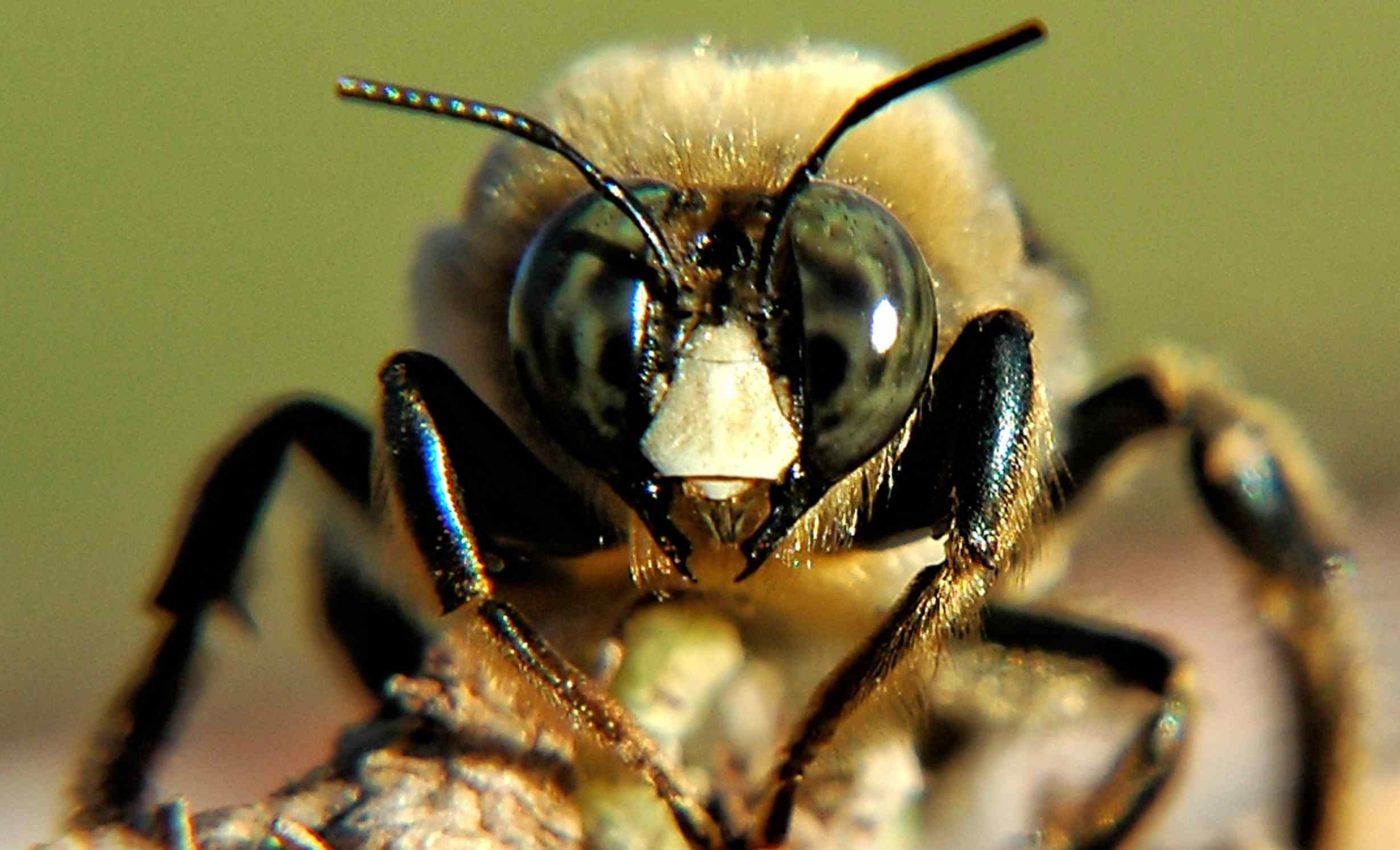
Scientists are highly concerned that so many bee hives have disappeared
Honey bees are essential for the production of many foods people enjoy daily. In recent months, beekeepers across the country have reported a widespread loss of bee hives and colonies, with some commercial operations sustaining major economic hits.
Wayne Anderson from Cornell University has been working behind the scenes to gather samples and investigate potential causes.
His team hopes that a closer look at pollen, wax, and bees will offer tangible clues about what’s hurting these crucial pollinators.
Examining bee hive clues
Researchers report that up to 60% of managed honey bee colonies in the United States have been lost this year, leading to an estimated $139 million in financial setbacks for beekeepers.
Many beekeepers first noticed trouble during the buildup to almond pollination season in California, which usually draws around 70% of all U.S. hives each year.
“Based on early numbers that are coming in, it’s suggestive that this will be the biggest loss of honey bee colonies in U.S. history,” said Scott McArt, associate professor of entomology and program director for the Dyce Lab for Honey Bee Studies at Cornell.
Their work focuses on analyzing samples with mass spectrometry methods, which can detect even trace levels of harmful chemicals.
Chemical questions
Some beekeepers worry that certain pesticides or fungicides used in farming might compromise bee health. Even a small amount of chemical residue in pollen can have an impact on bee nutrition and immunity.
Wayne Anderson has been processing hundreds of these samples in a specialized lab. By looking at chemical signatures, his group hopes to reveal whether specific substances in wax or honey are contributing to colony losses.
Bee hive parasites
Varroa mites often top the list of threats. These mites feed on bee blood and can spread viruses that weaken entire colonies.
In severe cases, the colony can collapse quickly after mite populations spiral out of control.
Researchers at several institutions are running parallel studies to measure how effective current mite treatments are and whether resistance to those treatments is emerging.
Nutritional challenges
Urban expansion and the rise of single-crop agriculture reduce the variety of blooms that bees rely on for food. Many beekeepers provide supplemental sugar or protein to give hives a boost, but that is not always enough.
A shortage of high-quality forage can leave bees more vulnerable to stressors.
Some experts suspect that limited natural nutrition might amplify the effects of viruses and chemicals, making each hive more fragile.
Hopes for answers
Scientists at the U.S. Department of Agriculture are testing bees for viruses, mites, and new pathogens. McArt’s group aims to complement those efforts by speeding up the turnaround time for pesticide analyses.
Wayne Anderson believes that results from their combined work will offer a clearer picture of what is harming bees. They hope to finish initial testing soon and share the data with apiculture groups across the country.
Collaboration is key
Commercial beekeepers, small-scale hobbyists, and research labs have pulled together resources to address these alarming losses.
They regularly exchange updates about colony health, management techniques, and findings from lab analyses.
Experts say that everyone benefits when new data are made public. That openness keeps all parties informed and helps farmers reduce potential risks to bees during crucial pollination periods.
Small operations pushed to the edge
Smaller beekeeping businesses are facing especially steep challenges. Without the financial cushion of large-scale operations, many are struggling to recover from the cost of lost colonies and reduced honey output.
Some may not survive the year. Rebuilding a hive from scratch takes time, resources, and healthy queens, which are also in short supply. A small hive cannot be split to rebuild numbers, and it won’t produce honey either.
Large-scale pollination services remain a major pillar of American agriculture. Some orchard owners now pay premium prices to secure strong, healthy hives for their crops.
Policymakers and extension services are also weighing in. Better habitat conservation, improved pest management, and ongoing education could give bees the support they need to bounce back.
Losing bee hives has ripple effects
The pollination crisis doesn’t just affect bees and beekeepers. Farmers who rely on rented hives to pollinate almonds, apples, melons, and other crops are already seeing fewer bees available, and at higher prices.
With fewer colonies to go around, some crops may suffer from poor yields or reduced quality. This can trickle down to consumers through increased grocery bills or limited availability of certain foods.
If the pollination shortage continues, shoppers may see higher prices for fruits, nuts, and vegetables. Local honey supplies could shrink too, making it harder to find or more expensive.
There’s still hope that focused efforts can stop the decline in honey bee numbers. Researchers are working hard to find practical ways for beekeepers to safeguard their hives and support a healthy environment.
Strong collaboration between scientists, farmers, and beekeepers will be key to moving forward. Everyone has a role to play in keeping pollinators, and our food system, alive and thriving.
—–
Like what you read? Subscribe to our newsletter for engaging articles, exclusive content, and the latest updates.
Check us out on EarthSnap, a free app brought to you by Eric Ralls and Earth.com.
—–













